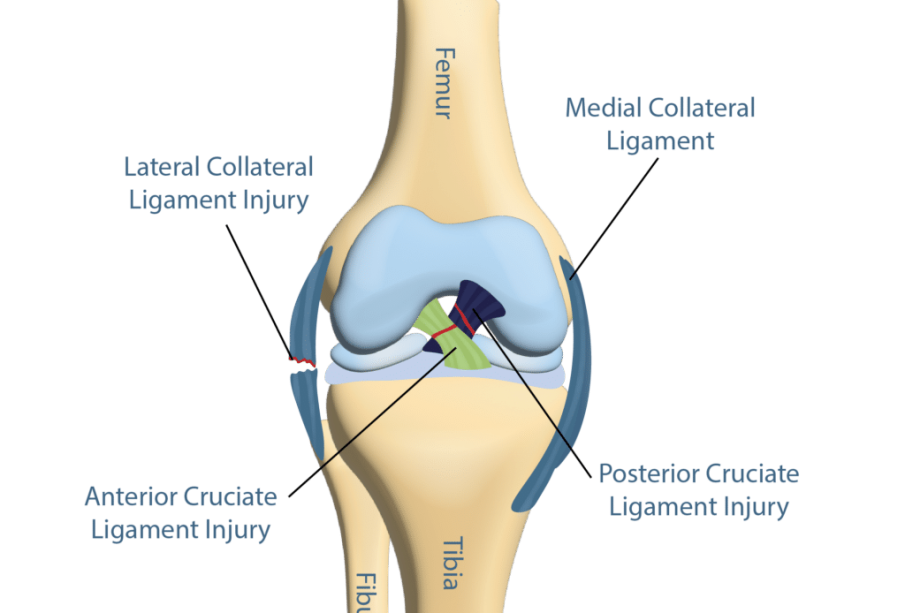Understanding MCL Injury: Causes, Symptoms, and Treatments

Introduction
The medial collateral ligament (MCL) is a critical structure in the knee that helps maintain stability and function during movement. Injuries to the MCL, commonly known as MCL injuries, can significantly impact an individual’s mobility and quality of life. Historically prevalent in sports, particularly in contact sports like football and rugby, MCL injuries are emerging as a concern in both athletic and non-athletic populations, highlighting the importance of understanding their causes and management strategies.
What is an MCL Injury?
The MCL is located on the inner part of the knee and plays a vital role in resisting lateral forces, which protect the joint from excessive stress. When the ligament is stretched or torn, it results in an MCL injury. These injuries are classified into three grades:
- Grade I: Mild sprain with minimal damage to the ligament.
- Grade II: Moderate sprain with partial tearing of the MCL.
- Grade III: Complete tear of the MCL.
Causes of MCL Injury
MCL injuries often occur due to direct blows to the outer knee, usually during sports, or when an athlete makes sudden changes in direction or stops abruptly. Additionally, falls or accidents can result in similar injuries in everyday situations. According to recent studies, sports-related MCL injuries have increased nearly 20% over the past five years, indicating a need for better preventive measures.
Symptoms
Individuals with an MCL injury typically present with various symptoms, including:
- Pain on the inner side of the knee
- Swelling around the knee joint
- Stiffness and limited range of motion
- Instability when bearing weight
Recognizing these signs early can lead to quicker diagnosis and effective treatment.
Treatment Options
Treatment for MCL injuries varies based on the injury’s severity. For Grade I and II injuries, conservative management typically includes:
- Rest, ice, compression, and elevation (RICE).
- Physical therapy to strengthen surrounding muscles and improve flexibility.
- Gradual return to sports as symptoms improve.
For Grade III injuries, surgical intervention may be necessary, particularly if the knee is unstable or other structures, like the anterior cruciate ligament (ACL), are also damaged. Rehabilitation post-surgery can be extensive and vital for full recovery.
Conclusion
MCL injuries are common yet increasingly relevant in sports and physical activities. Understanding the mechanisms leading to these injuries, early symptoms, and treatment options plays a critical role in recovery and prevention. As the incidence rises, attention must be directed toward education and preventive strategies, particularly for young athletes, to ensure safe participation in sports and reduce the risk of future injuries.


